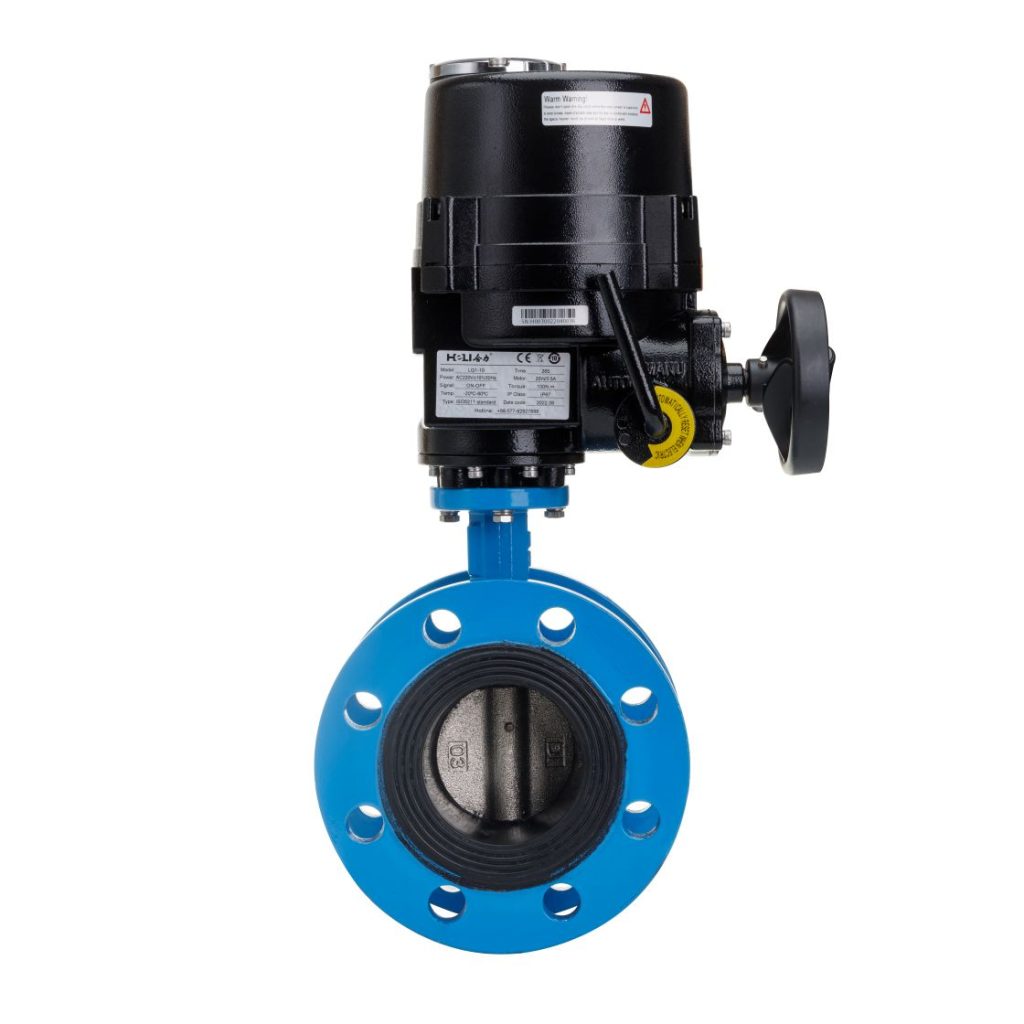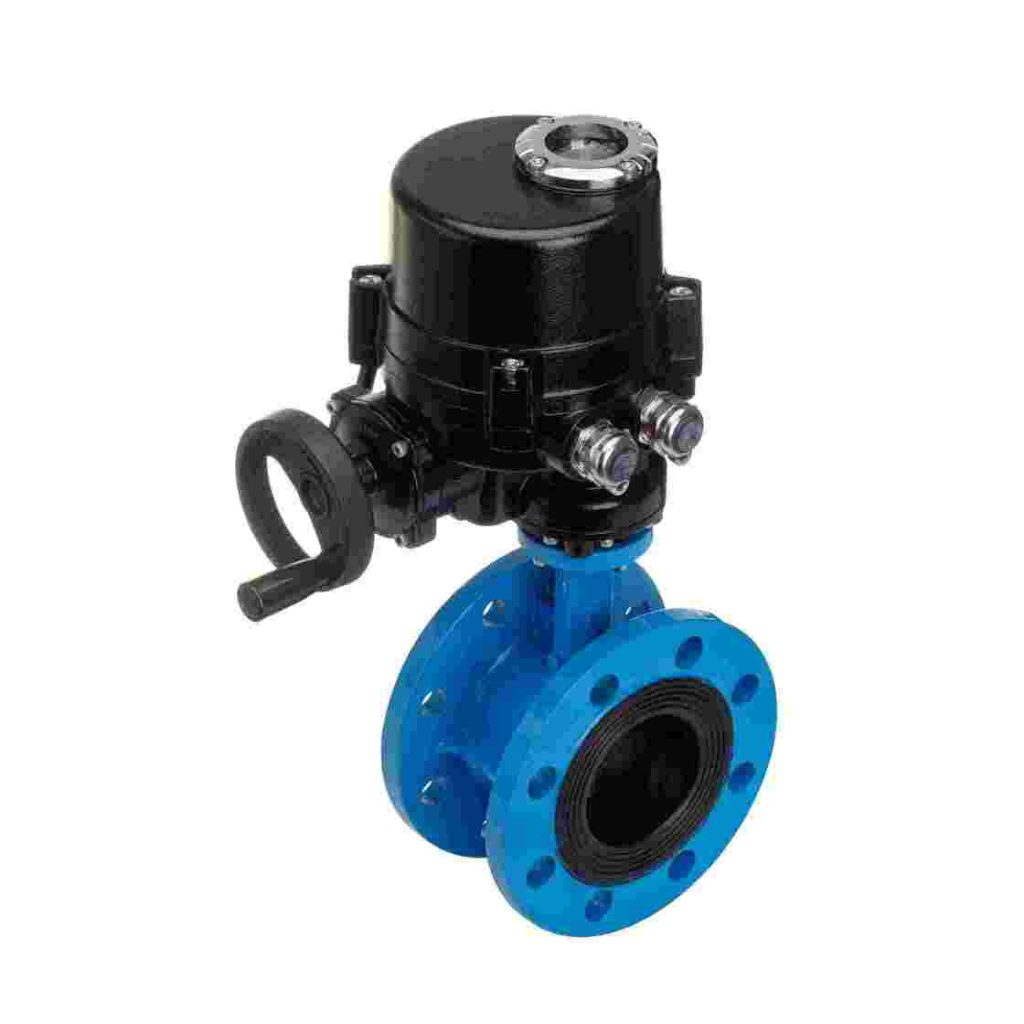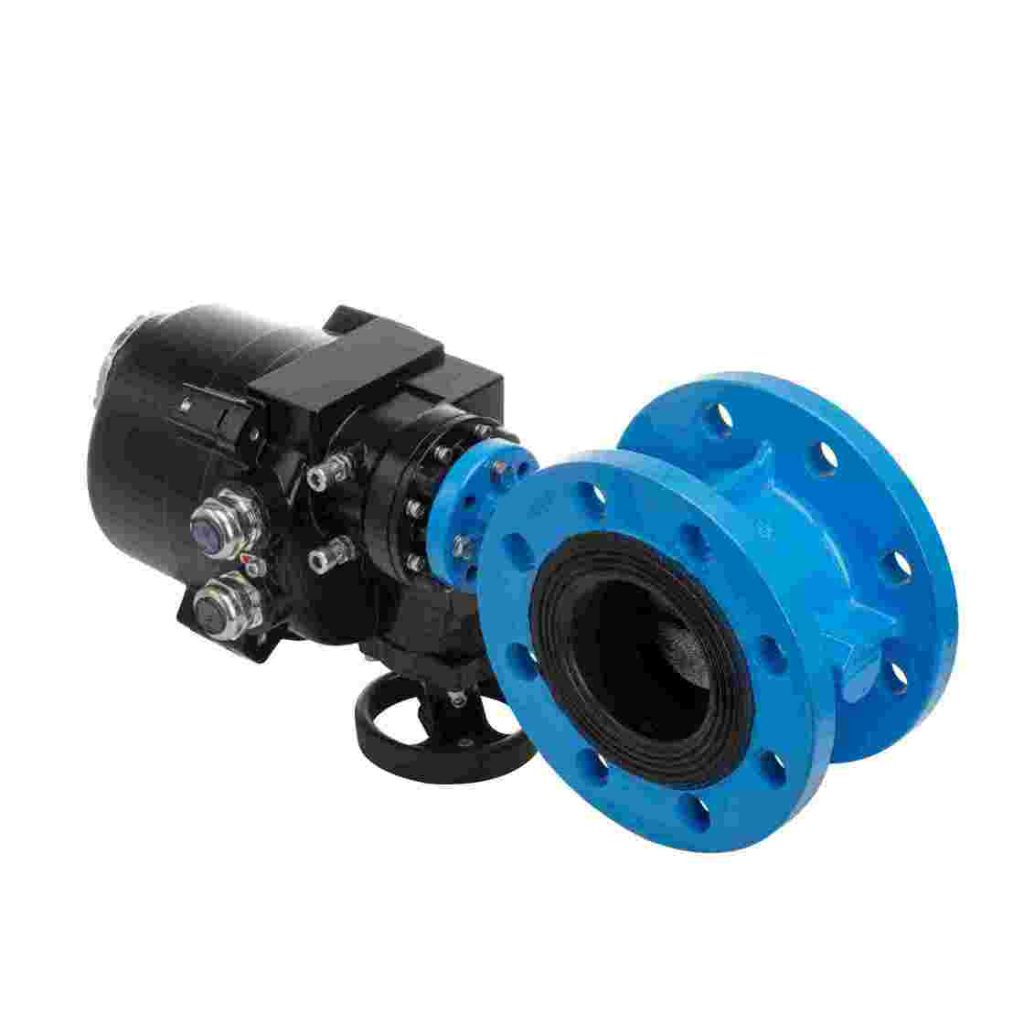In recent years, hydrogen energy has emerged as a promising alternative to traditional fossil fuels, offering a cleaner, more sustainable solution to global energy needs. As the demand for hydrogen continues to grow, the need for effective and reliable control systems to manage its flow is becoming increasingly crucial. One such component that plays a significant role in the distribution and management of hydrogen is theHydrogen Energy Electric Flanged Butterfly Valve. This article explores the features, advantages, and applications of this innovative valve type.

Understanding the Butterfly Valve

Butterfly valves are widely used in various industries for controlling the flow of fluids and gases. They are named for the disk-like component that resembles a butterfly’s wings, which rotates around a central axis to either block or allow flow through a pipeline. The design of the butterfly valve allows for quick operation and low pressure drop, making it an ideal choice for many applications, including those involving hydrogen energy. The Electric Flanged Butterfly Valve The electric flanged butterfly valve combines the traditional butterfly valve design with an electric actuator. This actuator enables remote control of the valve, facilitating automation and integration into advanced control systems. The “flanged” feature refers to the valve’s connection to pipelines, which uses flanges—flat pieces of metal that allow for easy attachment to other components.
